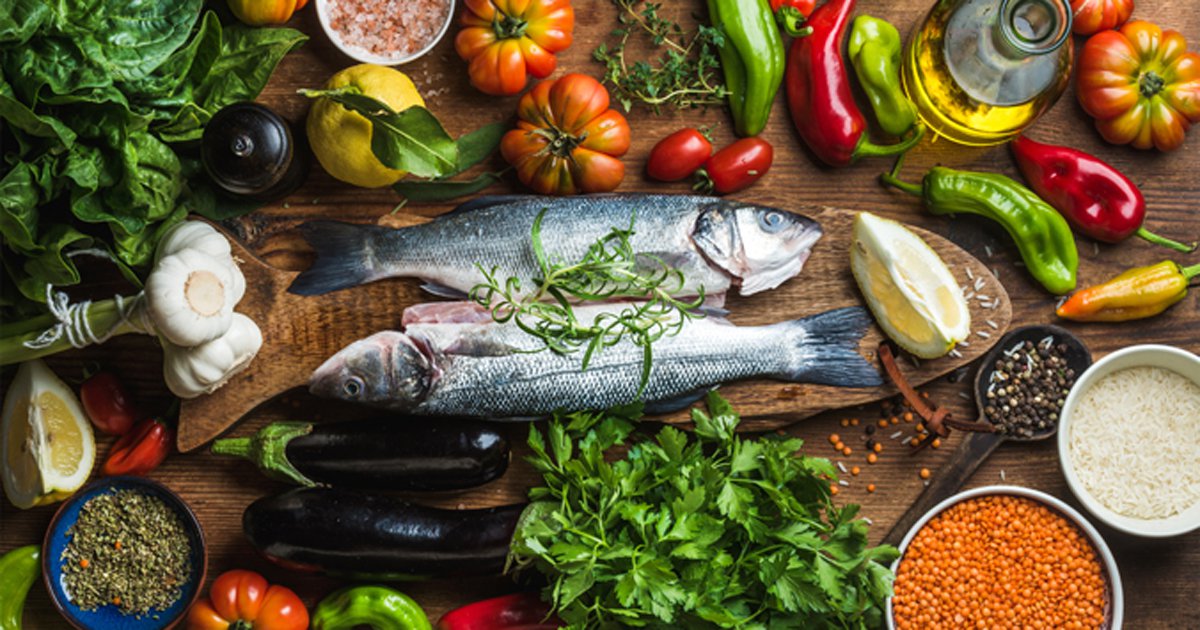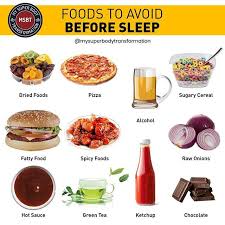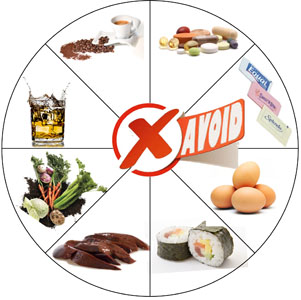
Diabetic can find a wide variety of foods, so it is important that you choose healthy foods that suit your lifestyle and individual needs. To control blood sugar, a balanced diet is crucial. Legumes are high in protein, fiber, and high-quality carbohydrates. Soluble fiber helps stabilize blood sugar levels and curbs hunger. A recent study showed that legumes reduce type 2 diabetes risk. It also improves blood sugar control.
As a low-carb food, avocados are a great choice for diabetics. Avocados contain healthy amounts of fiber as well as healthy fats. Walnuts have a high level of omega-3s making them a good choice for diabetics. But, you should limit your intake to one cup of walnuts. You can also choose to eat chickpeas, a legume high in fiber and protein. They are a good source for protein and a low-carb snack because they contain a lot of dietary fibre.
Most people don’t like spinach. But, pumpkins contain beta-carotene which can be converted into essential vitamin A. You can eat the skin if you are unable to eat them. They can be prepared and eaten as part of your meal. For an extra protein boost, you can mix a scoop of quinoa with your favorite soup or smoothie.

A diabetic can also enjoy Greek yogurt as a snack. A portion of this starchy vegetable is only six to eight grams, so it is a safe choice for a snack or breakfast. Just make sure to check the label carefully as some brands may contain added sugar. You can also eat fruits in moderation, such as cherries and berries, along with yogurt. Flax seeds are high in lignans, which reduce heart disease risk and improve insulin sensitivity.
Sweet potatoes are rich in potassium, fiber and lean proteins. They can be cooked or eaten as a snack. Sweet potatoes, although high in carbs and sugar, are ideal side dishes for vegetables and lean proteins. They are also high in magnesium which reduces your risk of getting diabetes and may prevent stroke. These are why they are considered the best foods to eat for diabetics.
Numerous fruits and veggies are rich in antioxidants and a good source for fiber. These fruits can be used in smoothies and salads, and they have a low glycemicindex. Greek yogurt is another option. They can also be added to your favorite yogurt. You can even use them in smoothies. You can also use them when making salads.
Diabetic diets should not be too balanced. Diabetic patients should eat foods that are low in sugar but not high in saturated fats or transfats. They should be rich not only in fat but also high in fiber, protein, fiber, and other nutrients. A diabetic diet should contain whole grains and fruits. Healthy fats are also important. These foods can provide you with the health benefits.

A healthy diet should include plenty of fruits. Fruits and vegetables that are fresh, ripe, and organic are the best. Low-calorie foods are best for diabetics. You can incorporate vegetables and fruits into your daily life in many different ways. For instance, you could eat nuts every morning. These delicious and healthy foods are great for diabetics. For diabetes prevention, you need to be aware of your sugar intake.
Greek yogurt is another healthy option for diabetics. It is high-fiber and very low in carbohydrates. It can be enjoyed either as a snack nor as a main dish. A wide range of whole grains are also included in this recipe. They are low-calorie and high in fiber. Whole-grain breads are a good choice for diabetics due to their low sugar content. These breads can also be used as a source of fiber, such as pastas and whole-grain breads.
FAQ
How does an anti-biotic work?
Antibiotics are medications that kill harmful bacteria. Antibiotics are used to treat bacterial infections. There are many different types of antibiotics. Some are administered topically, while others can be taken orally.
People who have been exposed may be prescribed antibiotics. An oral antibiotic might be prescribed to someone who has been exposed to chicken pox. This will prevent the spread of shingles. For those with strep-thorphritis, an injection of penicillin could be administered to prevent them from getting pneumonia.
A doctor should give antibiotics to children. Children are at greater risk of developing side effects from antibiotics than adults.
Diarrhea is one of the most common side effects of antibiotics. Side effects of antibiotics include diarrhea, stomach cramps and nausea. These side effects usually disappear once treatment has ended.
What is the difference among a virus or a bacterium and what are their differences?
A virus can be described as a microscopic organism that cannot reproduce in another cell. A bacterium is an organism that splits itself in two. Viruses are small, around 20 nanometers in size. Bacteria are much larger, at 1 micron.
Viruses are often spread through contact of infected bodily fluids like saliva, urine or semen. Bacteria are usually spread through direct contact with contaminated objects or surfaces.
Viral infections can be transmitted through skin cuts, scrapes and bites. They may also get into the body through the nose and mouth, eyes, ears or rectum.
Bacteria can enter the body through wounds. They may also come into our bodies through food, water, air, soil, dust, or animals.
Both viruses and bacteria can cause illness. Viruses cannot multiply in their host cells. They infect only living cells, causing illness.
Bacteria can multiply within their hosts and cause illness. They can spread to other parts of our bodies. They can even invade other parts of the body, which is why antibiotics are necessary to eradicate them.
How much should you weigh for your height and age BMI calculator & chart
To determine how much weight loss you need, a BMI calculator is your best friend. A healthy BMI range should be between 18.5 and 24,000. Weight loss is possible if you aim to lose approximately 10 pounds per week. Enter your height and weight to calculate your BMI.
This BMI chart can help you find out if or not you are obese.
Statistics
- In both adults and children, the intake of free sugars should be reduced to less than 10% of total energy intake. (who.int)
- The Dietary Guidelines for Americans recommend keeping added sugar intake below 10% of your daily calorie intake, while the World Health Organization recommends slashing added sugars to 5% or less of your daily calories for optimal health (59Trusted (healthline.com)
- nutrients.[17]X Research sourceWhole grains to try include: 100% whole wheat pasta and bread, brown rice, whole grain oats, farro, millet, quinoa, and barley. (wikihow.com)
- Extra virgin olive oil may benefit heart health, as people who consume it have a lower risk for dying from heart attacks and strokes according to some evidence (57Trusted Source (healthline.com)
External Links
How To
What does the "vitamins” word mean?
Vitamins are organic substances found naturally in food. Vitamins aid us in absorbing nutrients from the food we eat. The body cannot make vitamins; therefore, they must be obtained from food.
There are two types if vitamins: water soluble, and fat soluble. Water-soluble vitamins dissolve quickly in water. Vitamin C,B1(thiamine), B2 (2riboflavin), and B3 (3niacin), as well as vitamin C,B1, B2 (riboflavin), and B3 (niacin), vitamin B6 (pyridoxine), vitamin folic acid (biotin), pantothenic, and choline are examples. The liver and fatty tissues are home to fat-soluble vitamins. Vitamin D, E, K and A are some examples.
Vitamins can be classified according to biological activity. There are eight major vitamin groups:
-
A - Vital for normal growth and maintaining good health.
-
C - vital for proper nerve function, and energy production.
-
D - Vital for healthy bones and teeth
-
E is necessary for good vision, reproduction.
-
K – Required for healthy nerves & muscles.
-
P - Essential for strong bones and teeth.
-
Q - Aids digestion and iron absorption
-
R is required for the production of red blood cells.
The recommended daily allowance (RDA) of vitamins varies depending on age, gender, and physical condition. The U.S. Food and Drug Administration sets RDA values.
For example, the RDA for vitamin A is 400 micrograms per dayfor adults 19 years or older. Pregnant mothers need 600 micrograms per days because it is vital for the development and growth of their baby. Children ages 1-8 require 900 micrograms per day. For infants younger than one year, 700 micrograms are required daily. However, this number drops to 500 micrograms each day for children aged 9-12 months.
Children between the ages 1--18 years old who are overweight or obese require 800 micrograms per Day, while those who are overweight or obese need 1000 micrograms. To meet their nutritional needs, children underweight and obese require 1200 micrograms a day.
Children between 4 and 8 years old with anemia will need 2200 micrograms daily of vitamin C.
2000 micrograms are required daily for good health in adults over 50. Due to their increased nutrient needs, pregnant and breastfeeding women need 3000 micrograms daily.
1500 micrograms are required daily by adults over 70 because they lose approximately 10% of their muscle each decade.
Women who have been pregnant or are lactating require more than the RDA. Pregnant and breastfeeding women require 4000 micrograms each day during pregnancy and 2500 Micrograms each day after delivery. Breastfeeding mothers require 5000 micrograms daily when breast milk production is occurring.